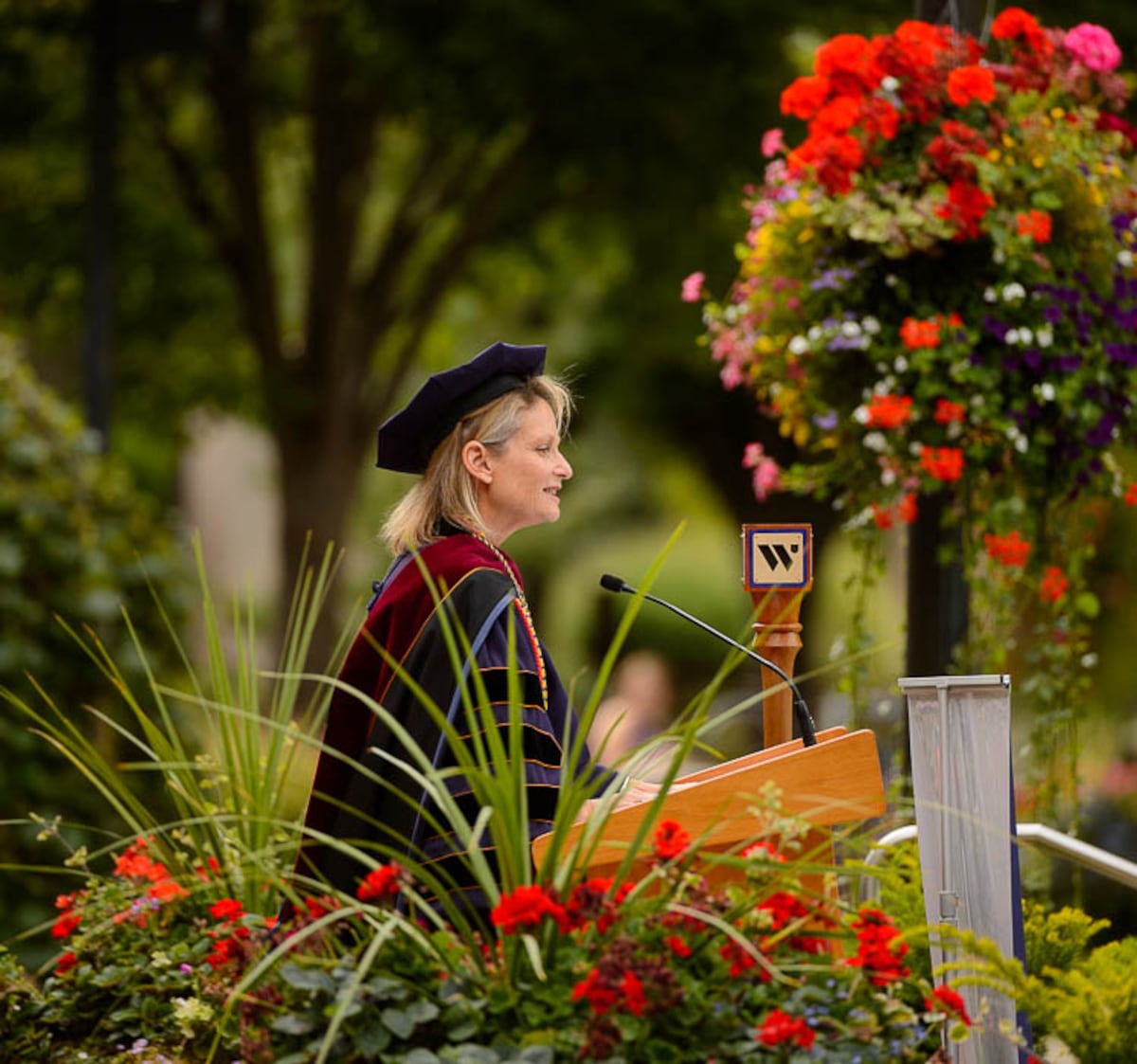Utah Social and Community Health Day is a reminder to nurture relationships, make new friends and do something good for someone.

The last Saturday in April — this Saturday — is a new state holiday.
The Utah Legislature created Utah Social and Community Health Day to nudge people to mind their relationships. The day is a reminder to nurture friendships and to reach out to others to counter the growing problem of loneliness, a challenge that has seeped through communities across the country.
“Think of it as a day to level up your friendships,” said Brent Reed, one of the architects of the holiday and a strong advocate for the value of forging connections. “Every major problem — and every joy — is easier to face when we’re not alone.”
Advertisement
Advertisement
The holiday’s goal, he told Deseret News, is to get everyone to do something, however small, to connect with someone else. He’ll be having lunch with an old friend he almost lost track of as both of their lives got busy.
Making a day to encourage action
Reed, 59, is a Highland dad with seven kids, who range from teens up to their 30s. He owns a window cleaning business. Reed said he got interested in the issue of social connections in 2023, when news stories were chronicling a loneliness epidemic. He took stock of his own life and realized he’d let many of his social connections drift away.
About the same time, Reed said he saw some of the work done by BYU professor of psychology Julianne Holt-Lunstad, who had been studying and publishing research on the impact of loneliness and isolation — which may not be the same thing. You can have people around you and still feel lonely. You can be by yourself and not feel lonely. But many people do suffer from feelings of one or the other — or both.
Reed got involved with “friendship labs,” coming up with tools to help people increase the quantity of their friendships and improve the quality. He kept trying different things, plagued by the notion that disconnection was a solvable societal problem.
Advertisement
Advertisement
But loneliness is tricky, he said, because no one wants to own that they feel that way. “Being lonely seems to be generally frowned upon,” he said.
He took his concerns to a legislator, who agreed that a day of recognition might be “leverage to tell people to take it more seriously.” State Sen. Brady Brammer, R-Pleasant Grove, sponsored SCR4, while state Rep. Steve Eliason, R-Sandy, carried it in the House. The resolution says the day, which became official in 2025, “recognizes loneliness and social isolation as critical public health priorities” and “urges individuals to prioritize building positive relationships and fostering social connections.”
Holt-Lunstad, a professor of psychology and neuroscience at Brigham Young University and director of the university’s social connections lab, believes having a designated day could be “an opportunity both for increasing awareness as well as for taking action.” She helped polish the resolution’s language.
She’s long been heavily involved in sounding the alarm about the very real dangers of loneliness and isolation, noting health risks more dangerous than obesity, air pollution, physical inactivity, excessive alcohol consumption or smoking 15 cigarettes a day.
Advertisement
Advertisement
“No factor is more consistently associated with long life and happiness than strong social connections,” she said, pointing to findings from Harvard’s Study of Adult Development, which is the world’s longest study of happiness.
More in U.S.
When U.S. Surgeon General Dr. Vivek Murthy issued his advisory on loneliness, which he characterized as an epidemic, she was the scientific editor. She’s also a technical adviser to the World Health Organization’s commission on social connection. The commission will issue a new report in July.
Despite recent attention from officials, Holt-Lunstad said she thinks there’s a “significant lack of awareness around this issue” among the public. So besides the push to get people involved with each other on a personal level, she believes an awareness day provides an opportunity to “create messaging and campaigns and dialogue that can help us start to increase awareness around just how critically important our social connections are, not only for individuals, but the thriving of our communities and society.
“We know it impacts health, education, safety, prosperity, several different kinds of outcomes — and for far too long, our social connections have been taken for granted and so this is an opportunity for us to create awareness but also for communities to plan events, for individuals to take action in their own relationships and communities,” she said.
Advertisement
Advertisement
The day should remind people how important connections are, said Holt-Lunstad.
Reed said his own focus is on fortifying spiritual, relational health. “Lots of groups are building parks and paths, and there are lots of things that build community. But until you start talking to someone, making friends, going to lunch, it’s for naught.”
What he wants to do, he said, is “level up as a friend. If people did that, it would be fantastic.” It’s easy to let a relationship slide if it’s not minded, according to Reed, who is pretty sure that on Saturday he’ll be having lunch with someone who’s been his friend for 30 years, but with whom he almost lost touch, then working in the man’s backyard for a bit.
One small step
Helping others, doing things together — even chores — forms or strengthens bonds.
Advertisement
Advertisement
Holt-Lunstad talks about a randomized controlled trial she was part of that asked people to do just small acts of kindness for their neighbors over the course of a month. “What we found was that when people did that, that reduced loneliness, it reduced stress and it also reduced conflict in neighborhoods.”
Action on behalf of others is free, simple and anyone can do something, she said.
A single commemorative day is not going to change much, she adds, or be as helpful as something done consistently over time. But it could get people started thinking about others and launch some new connections.
Doing things with and for others makes people feel good. So it can lead somewhere important on a personal level.
Advertisement
Advertisement
“Relationships take time to develop and time to maintain,” she told Deseret News, noting the day “really should be a reminder, more than a one-off.”
There’s a website under development at Utahsocialhealthday.com. It will be built out with ideas for connecting and with different resources, Reed said.
Holt-Lunstad added that she’s glad the holiday focuses on social connection, rather than targeting loneliness explicitly.
“I think oftentimes we focus so much on the problem that we lose sight of what we’re aiming for. Social connection is something everyone needs and everyone can take part in. I’m happy that Utah is focusing on the bright spots.”
Source: Utah News











